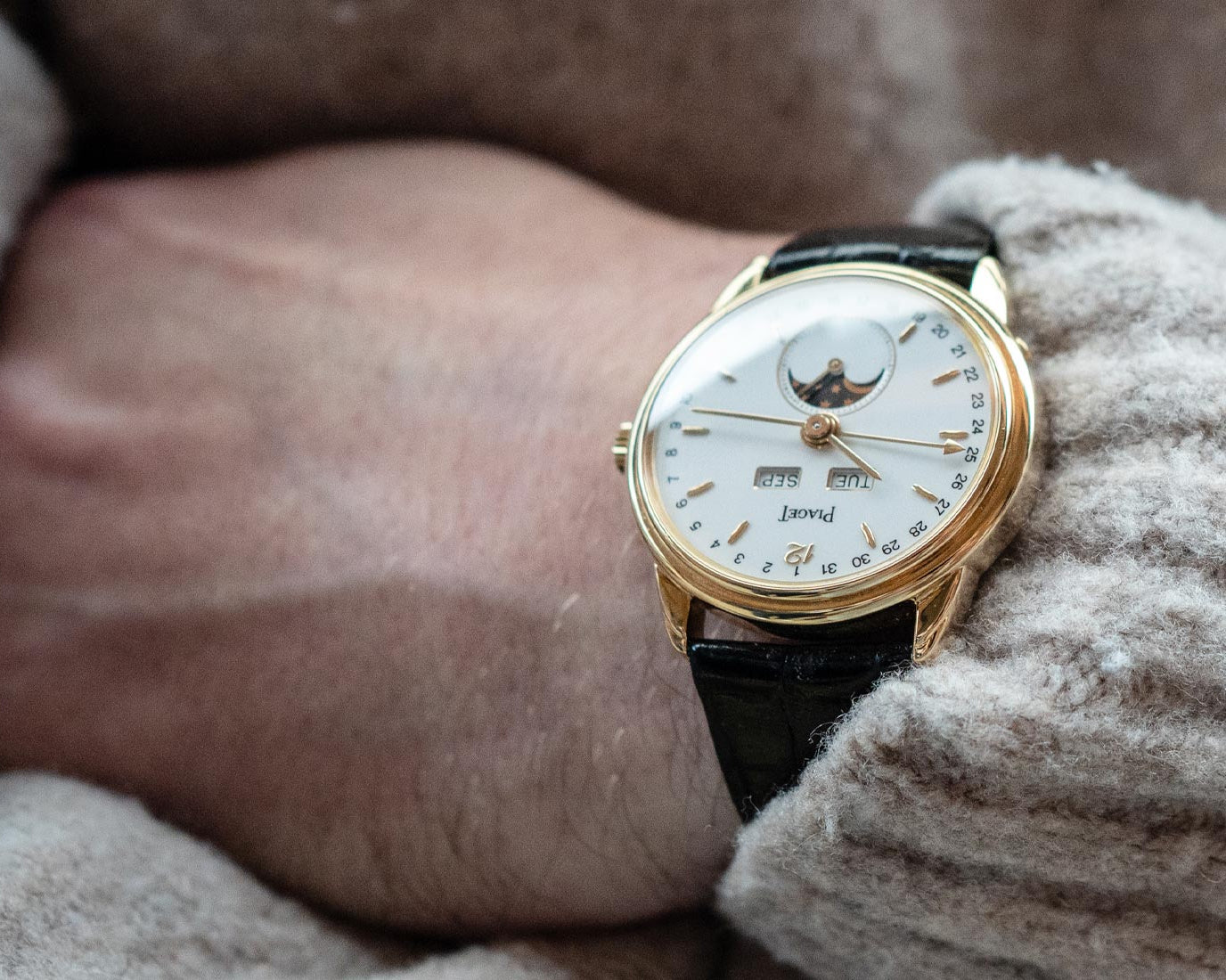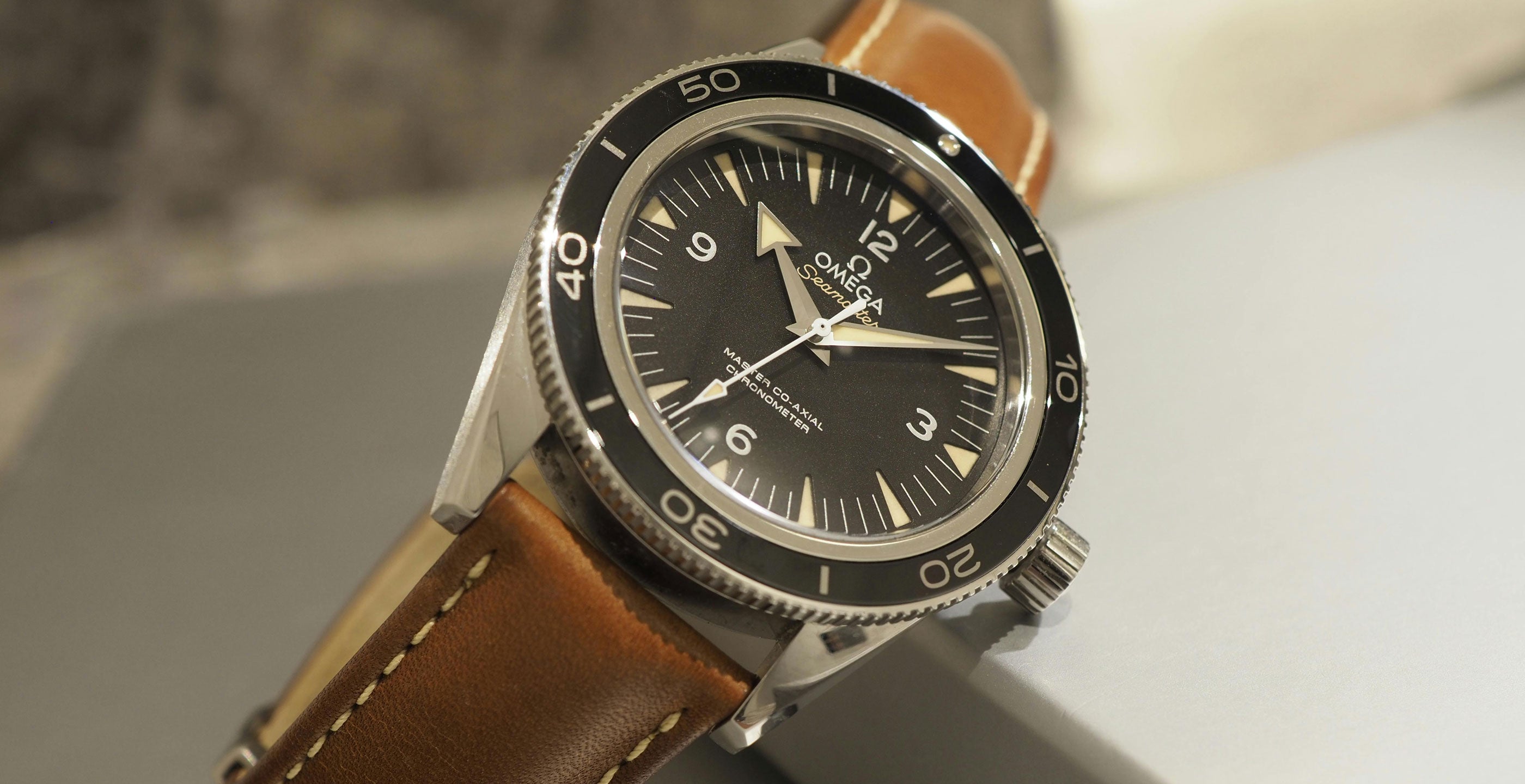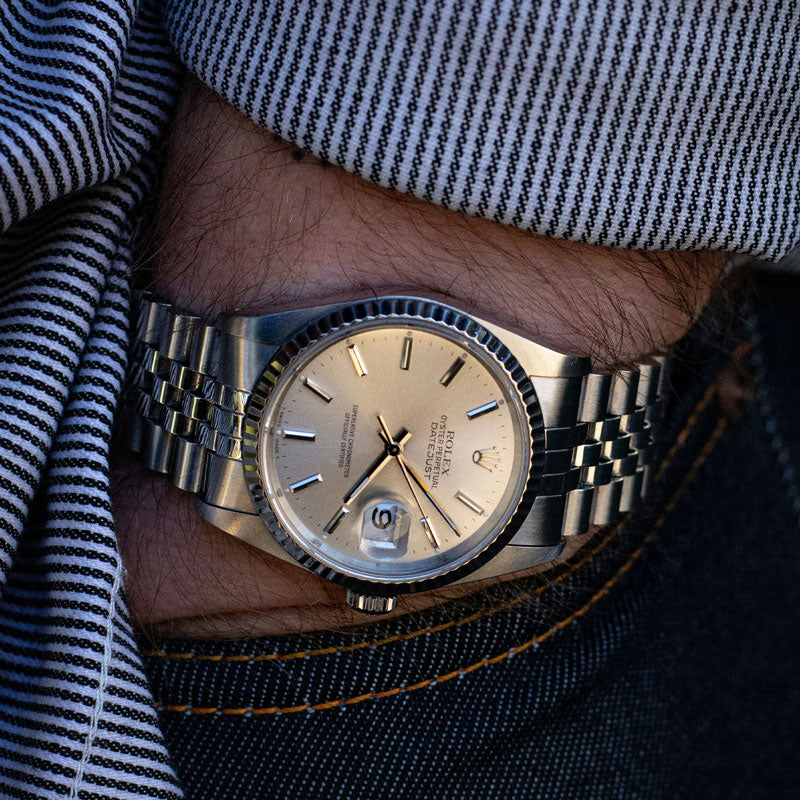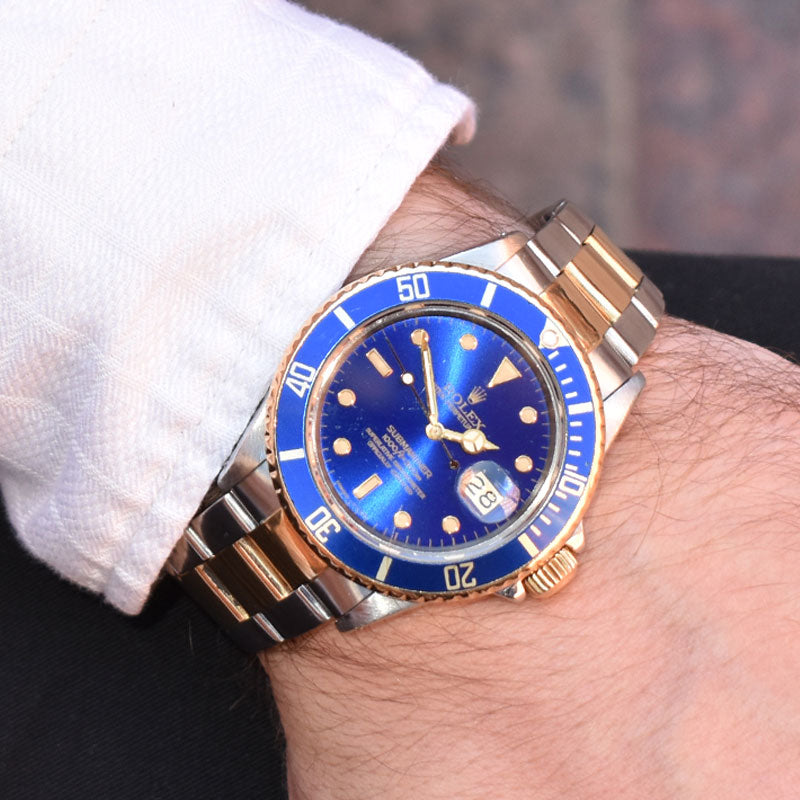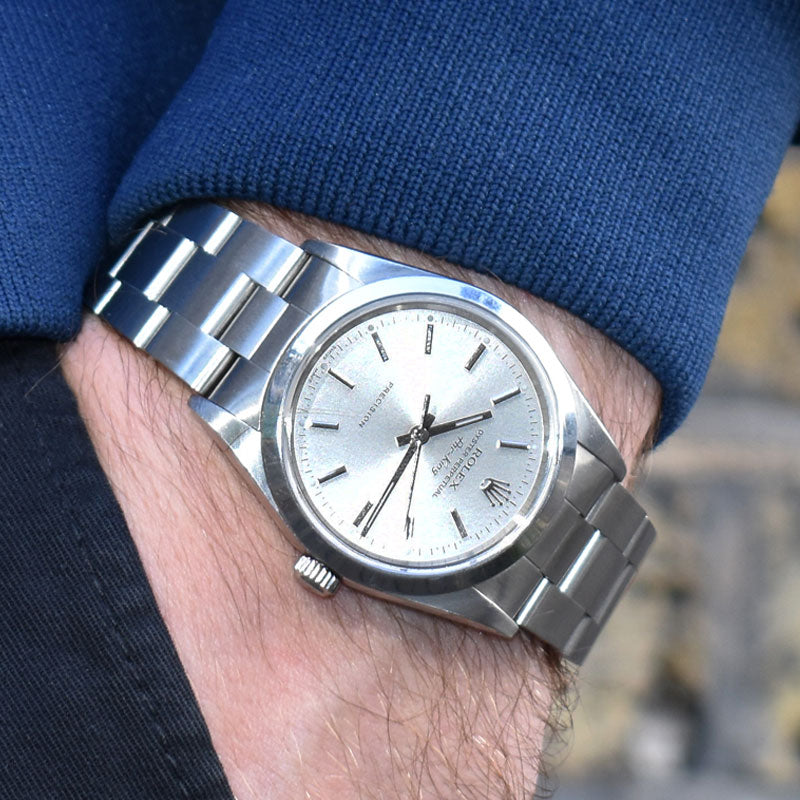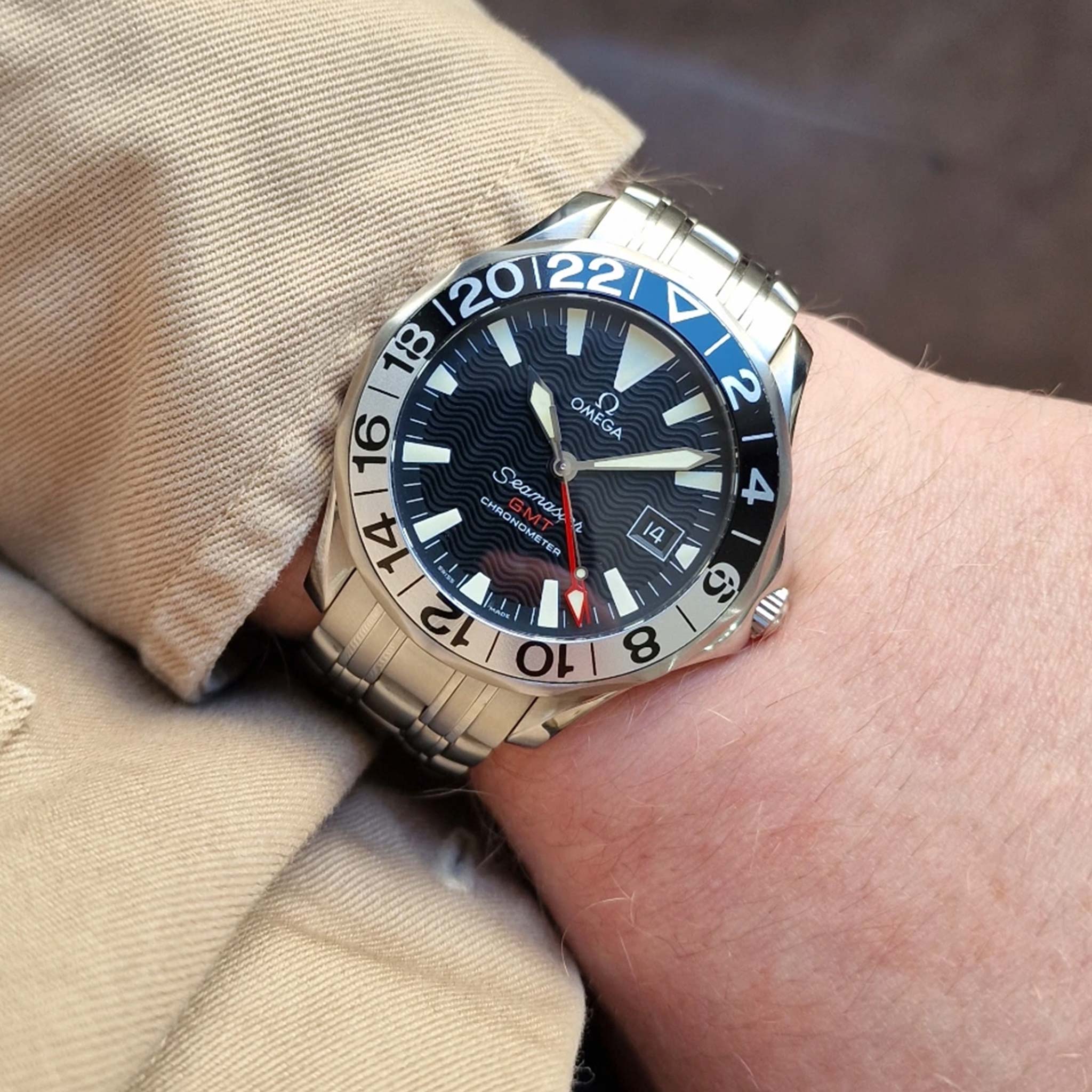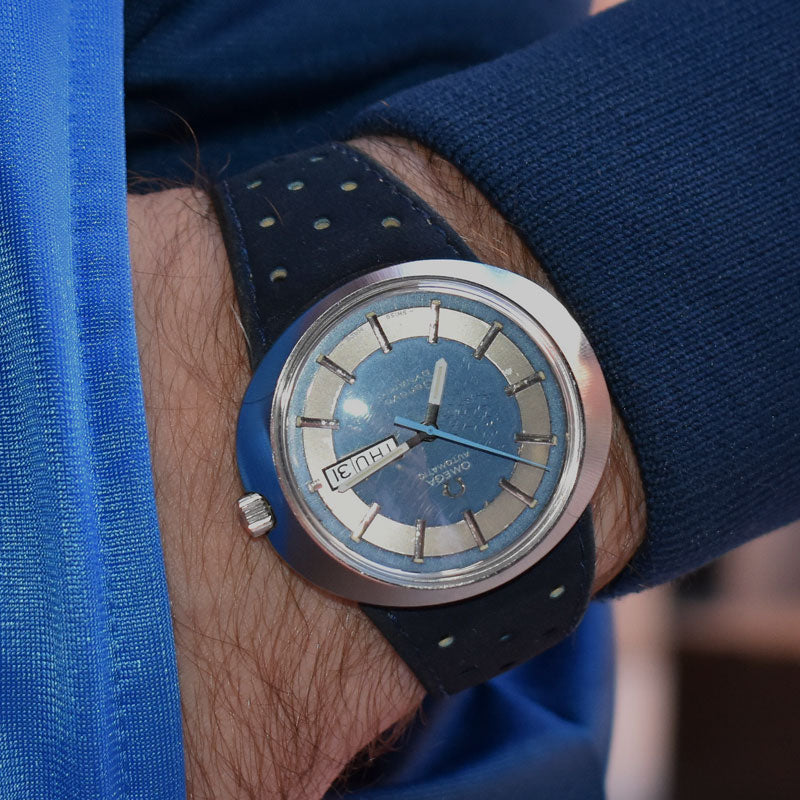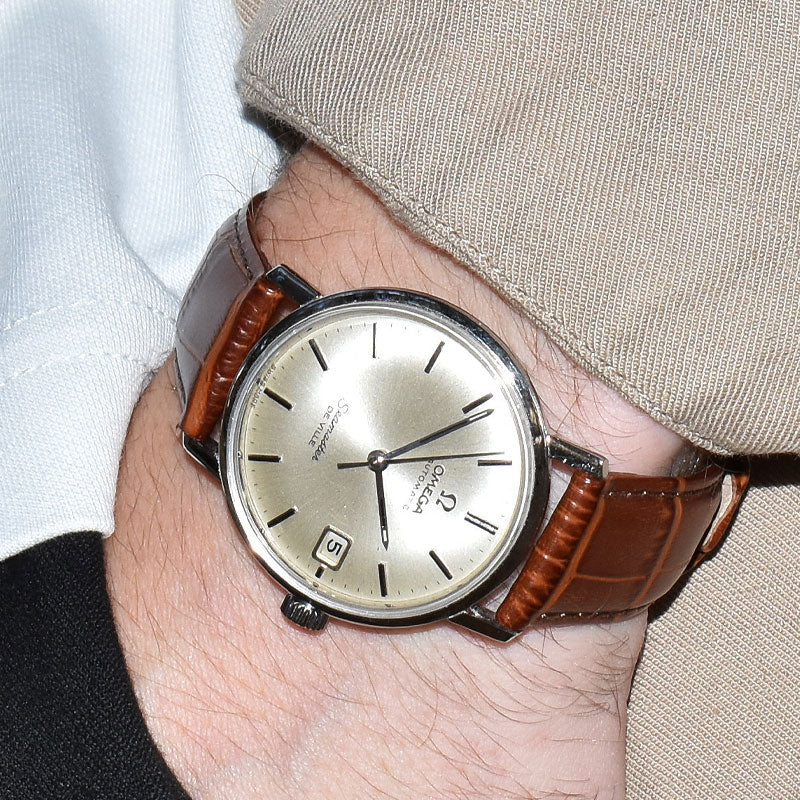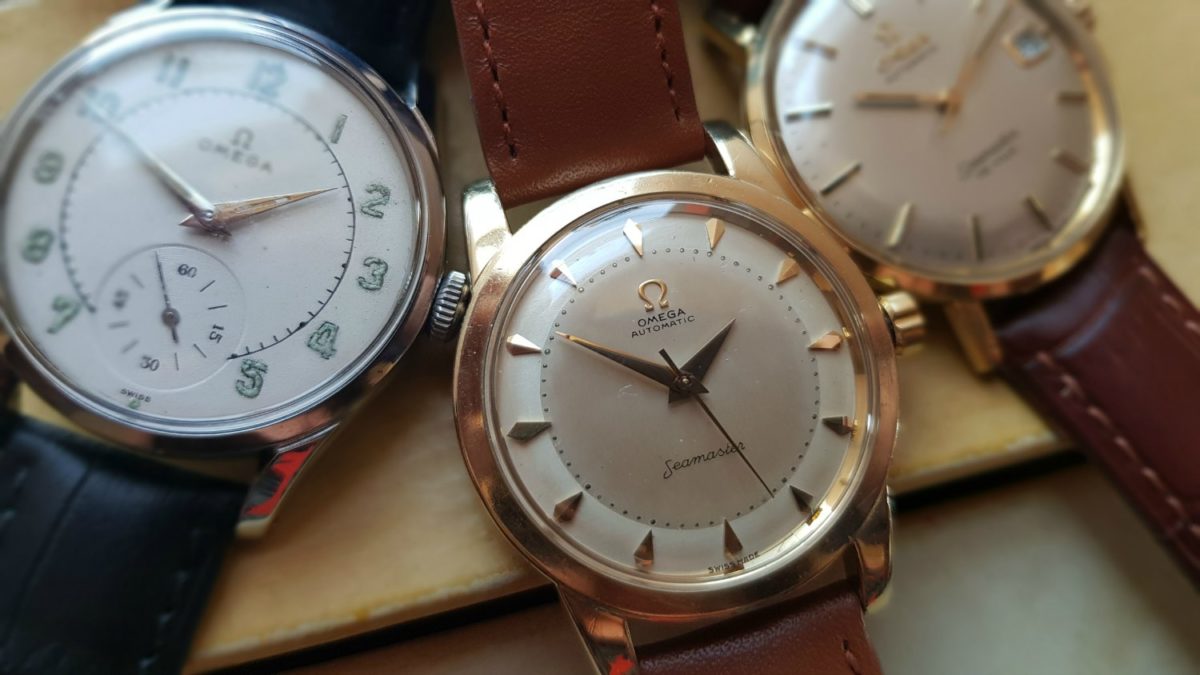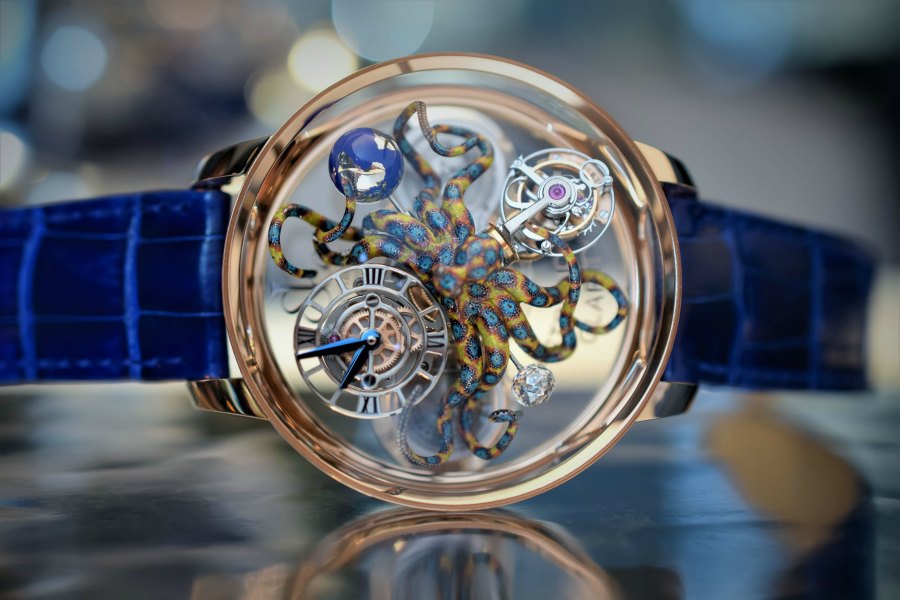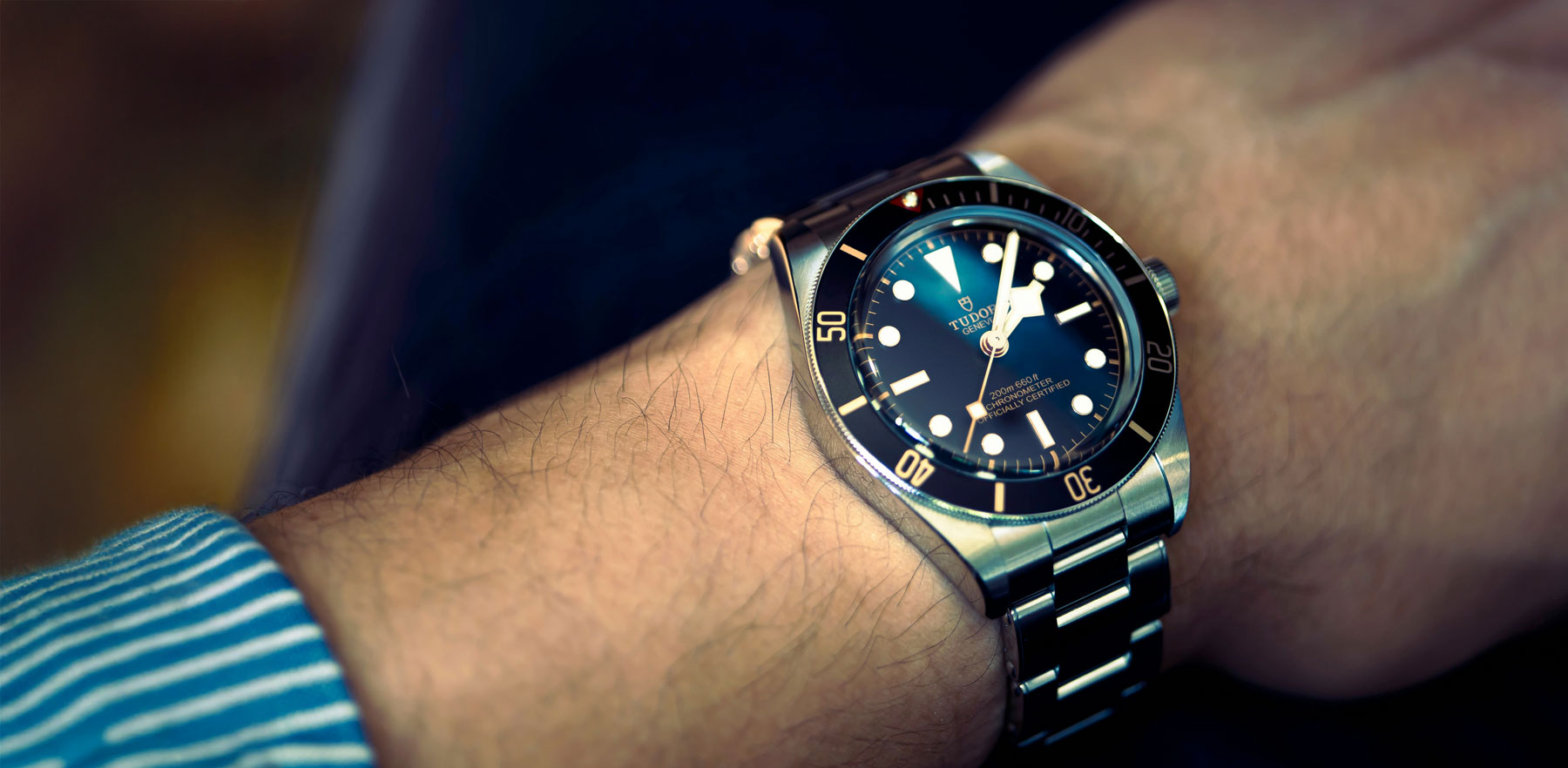There are many ways to buy a watch: on the high street, at a car boot, online, at an auction house…
And so there should be: it’s always better to have a range of choice in the market rather than be limited to only one or two sales points.
Not only does this make for healthy competition, it means customers have a much greater chance of finding that special something they’re looking for.
When talking about vintage and preowned watches, however, that special something is very specific and has a lot to do with where it’s sold.
You just can’t go into any old place and pick up a fully functioning preowned watch, or a vintage wear that is a genuine piece of watchmaking history. And so, when in the market for such a piece, you need to understand that some places are simply better than others.
Let’s discover exactly why that is with our review of four of the most common ways to buy a vintage or preowned watch.
1. Auction
If you’re looking for the best experience of buying a vintage or preowned watch, then head to the auction house. But if you’re looking to grab a timepiece at a reasonable price, then you may be better going elsewhere.
The reason for this is not just due to competition from other buyers. Auction houses, particularly ones that regularly deal in wristwatches, are experts when it comes to promoting and displaying their offerings. When they list a product, they list it with the aim of attaining a price which covers all these costs. That means driving up the price and often adding high buyer’s premiums.
The fact an auction house is out to maximise profit also means that every watch to them is ‘rare’, ‘important’, ‘unique’, ‘collectable’, etc. Such terminology can help them increase demand and even open up new markets where there weren’t any before.
2. eBay
When you buy a watch on eBay, you buy it at face value. That used to mean what you see is what you get, but with poor quality photos, vague descriptions, and the inability to try on before you buy, it’s more like what you see may or may not be what you get.
Buying a watch on eBay does come with the security of its seller review and rating system. However, this says very little when buying a watch unless the seller is an established vintage and preowned watch trader.
The obvious reason for this is the huge market of fake and counterfeit watches. But there’s also the fact that details like if a watch has been polished or if the bracelet is weak are all too easily overlooked by amateur sellers. And so, when you see something on eBay that looks too good too be true, it most always is.
3. Grey Market Dealers
As they operate outside the regulations and guidelines of the industry, most deals with ‘grey market’ brokers or individuals stand only on the basis of trust. However, if they haven’t got the expert skills and knowledge to know, for instance, if a watch has had third-party repairs or been modified throughout its life, trust isn’t nearly enough.
This rule of thumb applies whether it’s a second-hand shop, your local amateur watchmaker, or a random stranger you met on an online forum. Chances are, there may be a reason they are avoiding official channels. And so, unless the watch has been verified and serviced in the hands of a professional, it’s best to steer clear of the grey market — particularly when buying vintage, limited edition, and preowned watches.
4. Authorised Dealers
When you buy a vintage or preowned watch from an authorised dealer, you’re not only buying a watch, you’re buying the reputation and expertise of the business.
This has many advantages, including knowing you’re getting an authentic watch, having access to services like guarantees and after sale support, and receiving a paper trail to show service history and provenance.
But one of the greatest advantages of buying a watch from an authorised dealer is confidence — key when buying a timepiece that may be 100 years old, or something like a Cartier which is known for not coming with authenticity paperwork.
[products limit="4" columns="4" visibility="featured" ]
